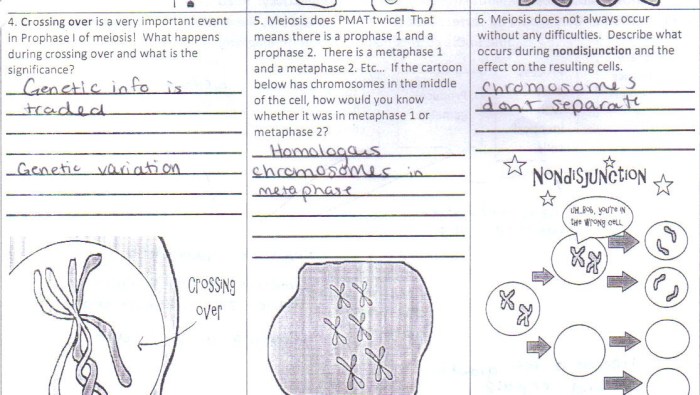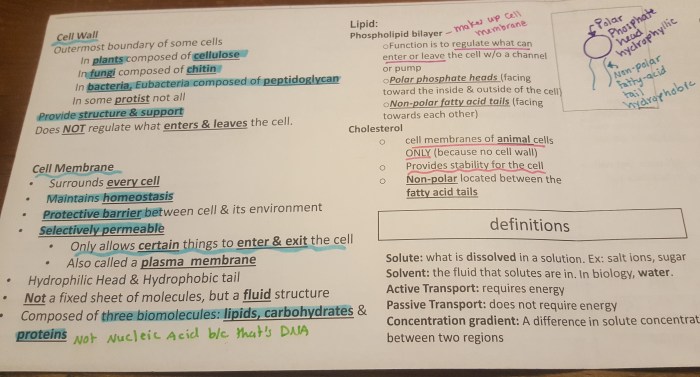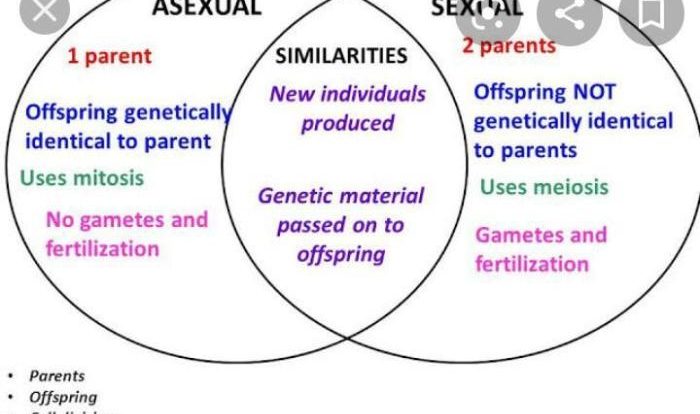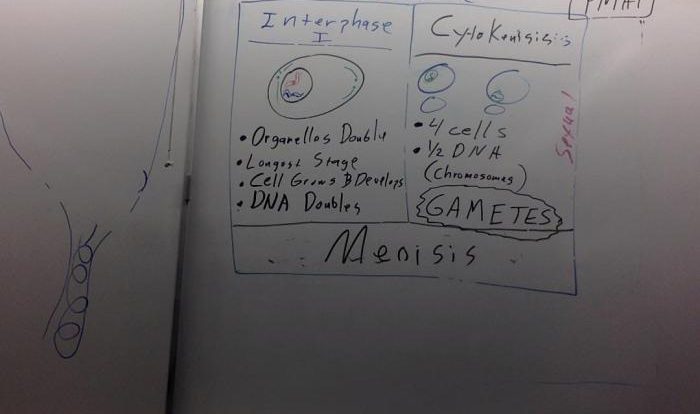Embark on a journey into the intricacies of cell biology with our exploration of Amoeba Sisters Cell Cycle and Cancer Worksheet Answers. This comprehensive guide unravels the mysteries of the cell cycle, its regulation, and the profound implications for cancer development.
Join us as we delve into the fundamental principles that govern cellular life, empowering you with a deeper understanding of this critical biological process.
From the fundamental phases of the cell cycle to the intricate mechanisms that control its progression, we provide a thorough examination of the subject matter. Discover the pivotal role of checkpoints in safeguarding cellular integrity and preventing uncontrolled cell division, a hallmark of cancer.
Through engaging explanations and illustrative examples, we illuminate the complex interplay between cell cycle regulation and cancer development.
Amoeba Sisters Cell Cycle Overview

The cell cycle is a series of events that cells undergo to divide and produce new cells. It is divided into four phases: G1, S, G2, and M. During the G1 phase, the cell grows and prepares for DNA replication.
During the S phase, the cell’s DNA is replicated. During the G2 phase, the cell checks for errors in DNA replication and prepares for mitosis. During the M phase, the cell divides into two new cells.
Cell Cycle Regulation

The cell cycle is regulated by a number of checkpoints. These checkpoints ensure that the cell is ready to proceed to the next phase of the cycle. The checkpoints are located at the end of the G1, S, and G2 phases.
If the cell is not ready to proceed to the next phase, the checkpoint will halt the cell cycle.
The cell cycle is also regulated by cyclins and cyclin-dependent kinases (CDKs). Cyclins are proteins that activate CDKs. CDKs are enzymes that phosphorylate other proteins, which triggers the events of the cell cycle.
Cancer and the Cell Cycle: Amoeba Sisters Cell Cycle And Cancer Worksheet Answers

Uncontrolled cell division can lead to cancer. Cancer cells are cells that have lost the ability to control their cell cycle. This can be caused by mutations in genes that regulate the cell cycle. Cancer cells can divide rapidly and spread to other parts of the body.
The different types of cancer cells are classified according to the type of cell they originate from.
Cell cycle checkpoints play an important role in preventing cancer development. If a cell has damaged DNA, the checkpoints will halt the cell cycle and allow the cell to repair the damage. If the damage is too severe, the cell will undergo apoptosis, or programmed cell death.
Key Questions Answered
What are the key phases of the cell cycle?
The cell cycle comprises four distinct phases: Interphase (G1, S, G2), Mitosis (M), and Cytokinesis.
How do cyclins and CDKs regulate cell cycle progression?
Cyclins and cyclin-dependent kinases (CDKs) form complexes that control the timing of cell cycle events by phosphorylating specific target proteins.
How can uncontrolled cell division lead to cancer?
Uncontrolled cell division occurs when checkpoints fail to halt the progression of damaged or abnormal cells, leading to the formation of tumors.


